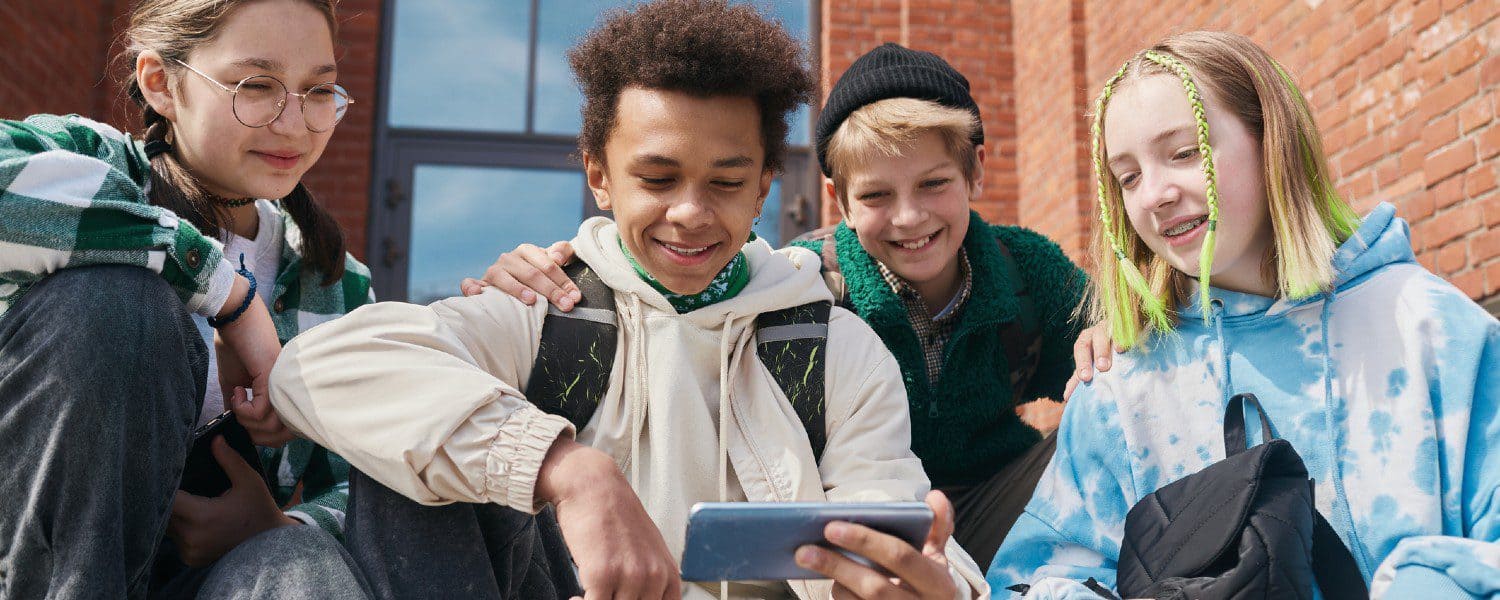Whoa!
How Memes Are Creating a Global Language
When an Italian teenager can perfectly understand a Japanese office worker's reaction through a shared SpongeBob meme, we're witnessing something unprecedented in human history: the emergence of a truly global visual language. Memes have evolved from simple jokes into sophisticated tools for cross-cultural communication, transcending traditional language barriers in ways that linguists never predicted.
Mind-Blowing Fact: Studies show that popular memes are now recognized faster than corporate logos across different cultures, with some achieving 98% recognition rates globally!
Beyond Words: The Universal Grammar of Memes
Just as traditional languages have grammar rules, meme communication follows specific patterns that users instinctively understand. A reaction image placed below text carries different meaning than one placed above. The positioning, timing, and combination of elements create a complex but intuitive system of meaning that works across cultural boundaries.
The Science of Viral Understanding
Neuroscientists have discovered that memes activate similar brain regions across different cultural groups. When viewing familiar meme formats, people from vastly different backgrounds show remarkably similar neural responses, suggesting that meme interpretation might be tapping into fundamental aspects of human cognition.
Research Shows: The human brain processes popular meme formats 30% faster than traditional written jokes, regardless of the viewer's native language.
Cultural Translation Without Words
What makes certain memes globally successful while others remain local? The answer lies in their ability to capture universal human experiences. The "This Is Fine" dog resonates globally because stress and forced optimism are universal experiences. Meanwhile, memes heavy in cultural-specific references often fail to cross borders.
The Evolution of Digital Expression
Modern memes have developed their own sophisticated emotional vocabulary. A single image can convey complex feelings that would take paragraphs to explain in text. This visual shorthand is particularly powerful for expressing nuanced emotions that might be difficult to articulate in any single language.
Fascinating Discovery: Teenagers across different countries can accurately interpret the emotional meaning of a meme in under 0.5 seconds, faster than reading a single written word!
The Business of Universal Communication
Major companies are now studying meme communication patterns to develop more effective global marketing strategies. The ability to convey messages without language-specific translation has enormous implications for international commerce and cultural exchange. However, corporate attempts to force meme creation often fall flat, highlighting the organic nature of this new language.
Digital Dialects
While memes form a global language, they also develop regional "dialects." Different platforms, countries, and even age groups develop their own specific variations. Yet these dialects remain mutually intelligible in ways that spoken language variants often aren't, creating a fascinating hybrid of local and global communication.
Cultural Note: Some memes achieve different but equally understood meanings across cultures, functioning like visual homonyms in this new global language.
The Future of Visual Communication
As AI and augmented reality advance, meme language continues to evolve. Animated formats, interactive elements, and context-aware variations are emerging. This visual vocabulary is becoming increasingly sophisticated, suggesting we're only seeing the beginning of this new form of human communication.
Key Takeaways
Essential insights about meme communication
Memes represent more than just internet humor – they're evolving into humanity's first truly global language. This new form of communication transcends traditional language barriers, processes faster than text, and connects people across cultural boundaries. As digital communication continues to evolve, understanding this visual language becomes increasingly crucial for participating in global culture.



